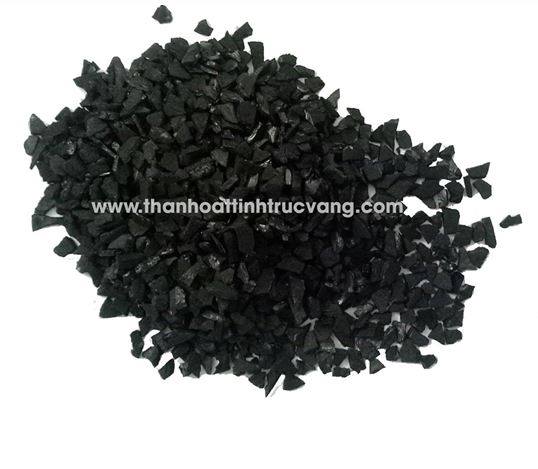News - Event
Method of filtering styrene pollutants in water
Method of filtering styrene pollutants in water
Using granular activated carbon combined with aeration through the insert tower can help filter Styrene contaminated water.
Styrene is a colorless liquid organic substance, lighter than water, insoluble in water, volatile and has a sweet taste, but has an unpleasant odor when concentrated. Styrene is widely used to produce polystyrene and many other polymers, plastics, coatings and paints.
Styrene is on the list of harmful air pollutants, according to the US Environmental Protection Agency. It is active in the atmosphere and cahe formation of haze and secondary pollutants.Styrene absorbed into water will quickly evaporate or decompose n contribute to tdue to bacterial activity. It does not cling to soil and may seep into groundwater. Styrene also rarely accumulates in aquatic animals.
 |
 |
Granular activated carbon can filter Styrene in water.(Photo: Wikipedia).
The US Environmental Protection Agency (EPA) recommends the use of granular activated carbon (GAC) or the method of aeration through a compression tower to remove styrene from water.
Activated carbon is a versatile material absorbing versatile thanks to capillary structure of many sizes (small, medium, large). In particular, the small capillary of the activated carbon absorbs small molecules of volatile matter like styrene well. In the form of activated carbon, granules are widely used in water filtration systems or domestic water treatment.
However, activated carbon only works with a certain amount of water. After that, coal will no longer be able to function due to saturation.
Treating water with aeration is very effective for volatile organic substances such as styrene or industrial solvents, metals such as iron and manganese, according to the American Institute of Food and Agriculture. The aeration system through the insert tower consists of a filter tower about 3 meters high inserting many layers of materials. The material to be inserted may be porcelain pieces ranging from 0.6 cm to 7.6 cm.
In this system, water flows from the top of the tower downward under the influence of gravity while air is pumped from the bottom up in the opposite direction to the water. The volatile pollutants will follow the gas flow up to the top of the tower and be led out.
Method of filtering styrene pollutants in water. Source:https://scienceinfo.net/method-of-filtering-styrene-pollutants-in-water.html
Read more: COCONUT SHELL ACTIVATED CARBON – Model: 0612A

